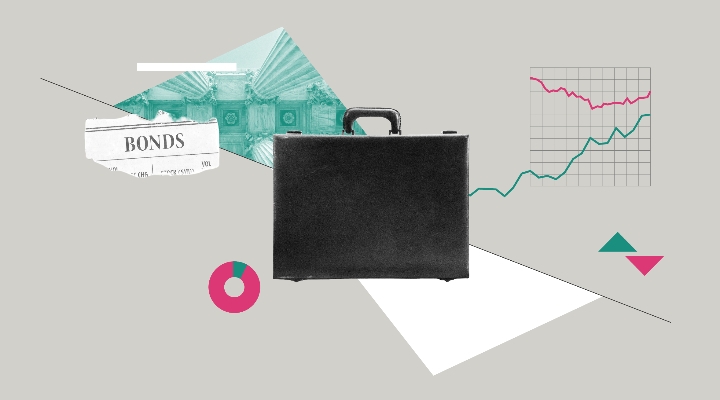Morningstar's "Perspectives" series features investment insights from third-party contributors. Here, BlackRock’s fixed income team asks where does a tumultuous last nine months leave bonds as we head towards 2016?
The central bank divergence we expected this year has yet to fully emerge. US economic improvement – not least labour market conditions – would seem to support a fi rst Fed hike in almost a decade. Yet the Fed remains very cautious and, given the insulated nature of the US economy, surprisingly focused on the international picture. Should volatility calm, the Fed could still raise rates in December. However, the Fed’s decision to stay put has served to increase uncertainty around the global growth picture rather than reduce volatility.

Emerging market debt now offers an opportunity

Monetary policy has become an exercise in relativity rather than domestic-focus – that is, central banks appear to be as sensitive to the policy measures of others as they are to the economic conditions within their own borders; currencies are the transmission mechanism. Such thinking seems to have heightened risk aversion among the FOMC, driven the 30+ rate cuts we saw in the first half of 2015 and looks set to influence the behaviour of those major central banks already in easing mode as we head towards the end of the year.
As the dollar appreciated in anticipation of Fed tightening, the euro and the yen weakened. Now the Fed has demurred, the dollar has weakened and a strengthening euro presents a risk to the fragile European recovery in particular.
While the primary intention of ECB QE is not to weaken the euro, it is a welcome side effect, and the ECB have already ramped up the rhetoric around the open-ended, flexible nature of the ECB programme. Expect such discourse to continue over the next two to three ECB policy meetings – the rhetoric is often more effective than the reality when it comes to monetary policy. Speculation is also mounting that the Bank of Japan (BoJ) will be forced to expand its own programme, perhaps as soon as Q4.
The other big issue is China: a country in the midst of an incredibly difficult multi-year transition that will create plenty of volatility and uncertainty. As we have seen this year, opaqueness is a challenge for markets and will continue to be so. The People’s Bank of China (PBoC) needs to do more easing and will be at the forefront of easing central banks as policymakers battle to avoid a hard landing.
Looking towards the last quarter of 2015, our read of the current data indicates an ongoing slowdown but not a growth freefall. Measures to stabilise the RMB and a targeted fiscal package in Q4 are distinctly possible.
Hungry for Yield
With so much focus on the Fed in anticipation of a rate hiking cycle, the search for yield captured fewer headlines this year, but the structural forces behind the hunt for income are still very much in place: demographics, low inflation and low inflation expectations and regulatory pressures increase demand for high-quality assets; central bank buying and lower net issuance reduce supply.
This supply-demand gap will keep investors very focused on where they look for yield. It was a driver of our positive view on subordinated financial debt which have performed well amidst the broader widening in credit spreads and remain well positioned to benefit from the ongoing repair of the European banking system.
For emerging market debt, differentiation continues to be the name of the game, as broad fundamentals remain weak, amplified by the commodity price collapse and the slowdown in China.
Think oil producers versus oil consumers and high-cost versus low-cost commodity producers. However, the Fed delay and year-to-date underperformance of local emerging market debt now offers an opportunity on the basis that the more oversold emerging market currencies, such as the South African Rand (ZAR), have the potential to regain some of their year-to-date losses.
This article is part of Morningstar's "Guide to Income Investing"
Disclaimer
The views contained herein are those of the author(s) and not necessarily those of Morningstar. If you are interested in Morningstar featuring your content on our website, please email submissions to UKEditorial@morningstar.com



























